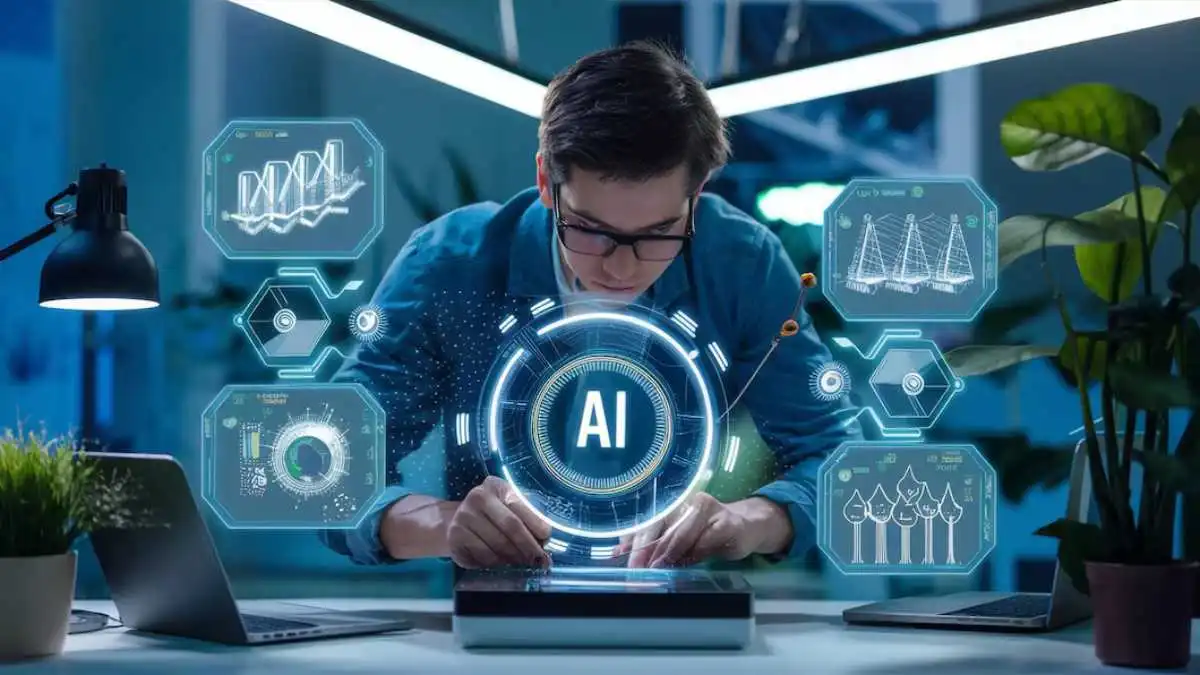In an age where data fuels innovation, the emergence of Cñims has sparked significant interest among businesses and researchers alike. More than just another buzzword, Cñims represents a new wave of intelligent technology that merges automation with human understanding. It’s a concept that stands at the crossroads of artificial intelligence, analytics, and adaptive system design.
The purpose of this article is to unpack what Cñims really is, how it operates, and why it could redefine the future of modern industries. From data-driven decision-making to personalized automation, Cñims introduces a fresh perspective on how machines can learn and cooperate with people more effectively.
Defining Cñims: A Smarter Digital Ecosystem
At its core, symbolizes a digital ecosystem capable of evolving based on continuous input and contextual understanding. It’s not just programmed logic; it’s intelligence that grows and refines itself over time.
Unlike conventional software, doesn’t require manual reprogramming for every new challenge. Instead, it studies usage patterns, interprets data behavior, and reshapes itself to enhance performance and outcomes. In essence, behaves more like a collaborator than a tool — intuitive, adaptive, and self-improving.
The Evolution of the Cñims Concept
The idea behind evolved as industries began seeking more agile solutions that could manage massive datasets and changing user demands. Early versions of similar systems lacked adaptability — they could analyze information but not interpret it. emerged to solve that problem.
By integrating elements of cognitive computing, machine learning, and automation, Cñms introduced a system capable of genuine reasoning. This development marked a turning point in intelligent automation, giving rise to smarter systems that could interact meaningfully with humans and environments alike.
How Cñims Operates: The Core Structure
The architecture revolves around four essential pillars:
- Learning Engine: A dynamic core that gathers and processes information continuously.
- Integration Hub: Ensures that all connected systems communicate fluidly through data exchange.
- Feedback Mechanism: Uses human or system feedback to improve predictions and refine operations.
- Ethical Layer: Maintains transparency, privacy, and fairness in all automated decisions.
These pillars enable to operate not just as a data processor but as an intelligent partner that evolves in alignment with user goals.
Key Applications of Cñims Across Industries
1. Healthcare Innovation with
In medicine, Cñims serves as a data intelligence assistant — analyzing patient histories, predicting disease patterns, and optimizing treatment recommendations. Hospitals leveraging can reduce diagnostic errors and accelerate personalized care.
2. Financial and Business Transformation
Financial institutions use to identify market shifts, automate risk assessments, and enhance fraud detection. It empowers decision-makers with predictive insights that were once impossible to compute manually.
3. Smart Manufacturing and Logistics
Factories and logistics chains adopt for real-time quality monitoring, supply optimization, and predictive maintenance. The system learns from sensor data to forecast breakdowns before they occur.
4. Educational Enhancement
Cñims reshapes learning through adaptive algorithms that tailor content to each student’s pace and preference. By analyzing engagement data, it helps educators refine teaching methods for better results.
5. Government and Public Sector Utility
Governments can employ for infrastructure management, resource allocation, and urban planning. Its ability to simulate complex environments allows for smarter policymaking.
The Benefits of Implementing Cñims
Organizations implementing experience remarkable transformations.
- Data-driven precision: Every decision is supported by continuous learning.
- Increased operational speed: Automation reduces manual bottlenecks.
- Enhanced adaptability: learns from each interaction, improving over time.
- Human collaboration: It assists rather than replaces, enhancing decision quality.
- Scalable intelligence: The framework grows with the organization’s needs.
These features make an ideal foundation for enterprises moving toward a fully digital ecosystem.and Artificial Intelligence: A Perfect Synergy
Artificial intelligence and work hand in hand. While AI provides algorithms that simulate reasoning, enhances these algorithms through real-world learning loops. It’s essentially AI in action — practical, scalable, and context-aware.
This synergy enables Cñims to make strategic predictions and interpret outcomes transparently, ensuring that automation remains ethical and accountable. The combination is setting a new standard for intelligent systems worldwide.
Ethical and Security Dimensions of Cñims
Like all advanced technologies, Cñims raises ethical and privacy concerns. Since it operates using extensive data, ensuring compliance with international privacy standards like GDPR is crucial.
Developers and users must maintain robust encryption, transparent data usage policies, and unbiased learning models. When managed correctly, Cñims can deliver innovation responsibly — maintaining trust while promoting progress.
Challenges in Adopting Cñims
Despite its strengths, organizations face several hurdles when implementing Cñims:
- Data integration complexity across legacy systems.
- High initial setup costs due to customization needs.
- Skill gaps in managing AI-driven automation.
- Regulatory compliance for data use and transparency.
Addressing these challenges requires strategic planning, staff training, and continuous model evaluation to unlock Cñims’ full potential.
Future Outlook: The Next Frontier of Cñims
As research advances, Cñims is expected to integrate seamlessly with emerging technologies such as quantum computing, blockchain, and advanced neural interfaces. This evolution could make decision-making almost instantaneous and infinitely scalable.
In the next decade, Cñims-based platforms may power everything from autonomous vehicles to global sustainability systems. The shift toward contextual computing means Cñims won’t just automate — it will understand.
The Human Side of Cñims
What truly sets Cñims apart is its emphasis on collaboration with humans. Rather than replacing people, it enhances creativity by removing repetitive barriers. Imagine designers using Cñims to co-create ideas or doctors using it to interpret rare conditions faster.
Cñims amplifies human potential — acting as a thinking partner that never stops learning.
Why Cñims Is a Game-Changer
Traditional systems obey commands; Cñims anticipates them. It transforms static workflows into living networks that respond intelligently to change. This adaptability drives innovation and ensures sustainability in rapidly evolving markets.
As industries compete in the digital era, adopting Cñims could mean the difference between stagnation and breakthrough success.
Implementing Cñims: A Step-by-Step Strategy
- Identify use cases where intelligent automation adds value.
- Assess data quality and ensure compatibility across platforms.
- Deploy modularly, starting with pilot systems.
- Monitor outcomes and adjust parameters for accuracy.
- Train teams to interpret Cñims outputs effectively.
Gradual deployment ensures both stability and confidence in the technology’s long-term success.
Comparing Cñims with Conventional Systems
| Factor | Conventional Systems | Cñims Framework |
|---|---|---|
| Learning Adaptability | Limited | Continuous |
| Transparency | Low | High |
| Efficiency | Static | Dynamic |
| Collaboration | Minimal | Human-Integrated |
| Security Focus | Standard | Advanced & Ethical |
This comparison highlights how Cñims surpasses older models in adaptability, transparency, and collaborative intelligence.
Conclusion: Cñims and the Intelligent Future
Cñims isn’t just another step in digital evolution — it’s a paradigm shift. By combining AI-driven learning with human-centered insight, it paves the way for intelligent systems that evolve alongside society.
As industries continue to digitize, Cñims will serve as the blueprint for ethical, adaptive, and transparent technology. Whether in education, healthcare, business, or governance, Cñims offers one universal promise: a smarter world built on understanding, not just automation.








Leave a Reply